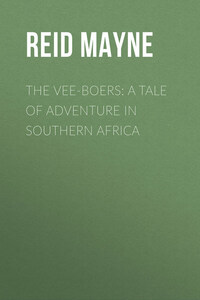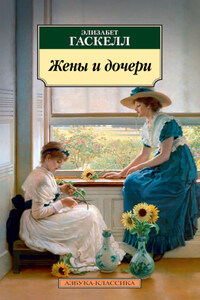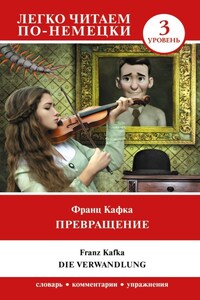Chapter One.
A City of Angels
La Puebla de los Angeles is peculiar, even among the cities of modern Mexico; peculiar in the fact, that two-thirds of its population are composed of priests, pelados, poblanas, pickpockets, and incarones of a bolder type.
Perhaps I have been too liberal in allowing a third to the “gente de bueno,” or respectable people. There are travellers who have altogether denied their existence; but this may be an exaggeration on the other side.
Trusting to my own souvenirs, I think I can remember having met with honest men – and women too – in the City of the Angels. But I shall not be positive about their proportion to the rest of the population. It may be less than a third – certainly it is not more!
Equally certain is it: that every tenth man you meet in the streets of Puebla is either a priest, or in some way connected with the holy fraternity – and that every tenth woman is far from being an angel!
Curas in robes of black silk serge, stockings of the finest texture, and “coal-scuttle” hats, full three feet in length; friars of all orders and colours – black and white, blue, brown, and grey – with shaven crowns and sandalled feet, are encountered, not only at every corner, but almost at every step you take.
If monks were immaculate, Puebla might deserve the sanctified appellation it has received – the City of the Angels. As it is, the City of the Devils would be a more appropriate title for it!
“The nearer the church, the farther from God.”
The adage is strikingly illustrated in Puebla, where the Church is not only present – in all its outward symbols – but paramount. It governs the place. It owns it. Almost every house in the city, as almost every acre of land in the vast plain that surrounds it, is the property of the Church, in fee simple, or by mortgage deed!
As you pass through the streets you see painted over the door-heads – three out of every four of them – the phrases, “Casa de San Augustin,” “Casa de San Francisco,” “Casa de Jesus,” and the like.
If a stranger inquire the object of this black lettering, he is told that the houses so designated are the property of the respective convents whose names appear above the doors. In short, you see the Church above, before, and around you, all-powerful over the bodies as well as the souls of the Poblanos; and you have not ceased to be a stranger, ere you discover its all-pervading villainy and corruptness.
Otherwise, Puebla might be termed a terrestrial paradise. Situated in the centre of an immense plain – whose fertility suggested to Cortez and his conquistadores the title “La vega” (the farm) – surrounded by an amphitheatre of magnificent mountains, in grandeur unsurpassed upon earth – with a climate of ever-spring, truly might it be deemed an abiding place for angels; as truly as it is the home of a host of infamous men, and not less infamous women.
Despite its moral character, there is a grand picturesqueness about La Puebla de los Angeles– both in its present aspect and its past history. Both are redolent of romance.
Standing upon the site of an ancient Aztecan town, within view of Cholula, the Indian Athens – with Tlascala, their Sparta, on the other side of the mountain Malinché – what heart would not be touched by the historic souvenirs of such a spot? And though the sages of Cholula and the warriors of Tlascala are no longer to be recognised in their degenerate descendants, there, still, are the grand objects from which they must have drawn their inspirations. On all sides tower up the Cordilleras of the Andes. Sublime, against the eastern sky, rises the “Star mountain;” matched upon the west by the rival cone of Popocatepec. Still in solemn silence reclines the “White Sister” under her cold coverlet of snow.
Well do I remember the impression produced on my own mind when, after passing through the mal pais of Peroté, I first came within view of the domes and spires of La Puebla. It was an impression, grand, mystical, romantic; in interest exceeding even that I afterwards experienced, when gazing for the first time on the valley of Tenochtitlan. It was a coup de coeur never to be forgotten!
As my entry into the “City of the Angels” was not of an ordinary kind, – and, moreover, had much to do with the events about to be related – it will be necessary to give some account of it. I transcribe from the tablets of my memory, where it is recorded with a vividness that makes the transcript easy. I can answer for its being truthful.
I was one of three thousand invaders; all travel stained; many footsore, from long marches over the lava rocks of Las Vigas, and the desert plains of Peroté; some scathed in the skirmish with Santa Anna’s lancers along the foot hills of the mountain Malinché; but all aweary unto death.
Fatigue was forgotten, dust and scars disregarded, as we came within sight of the sanctified city, and with beating drums and braying bugles marched on to take possession of it.
It needed no warlike ardour on our part. Outside the gates we were met by the














